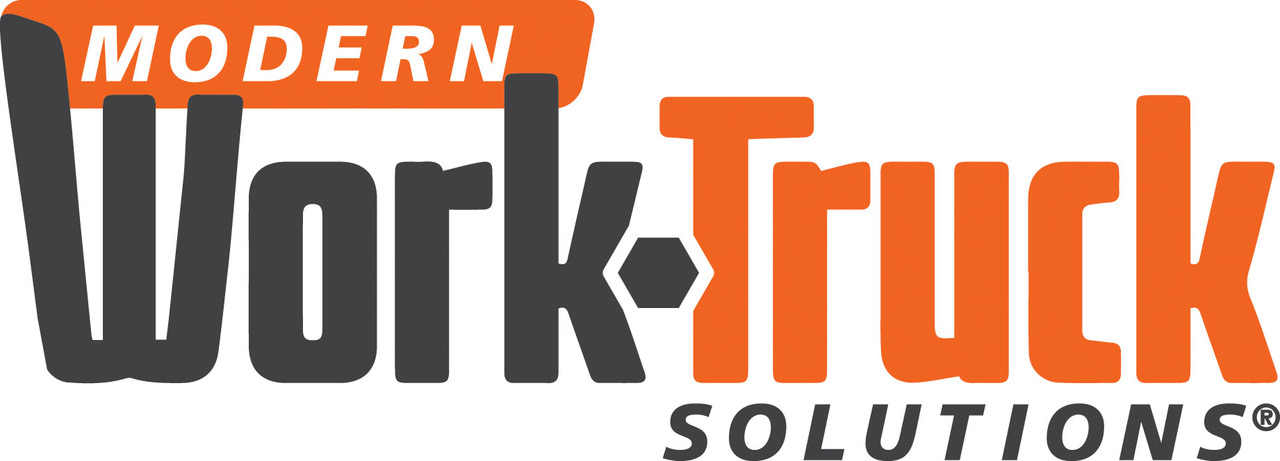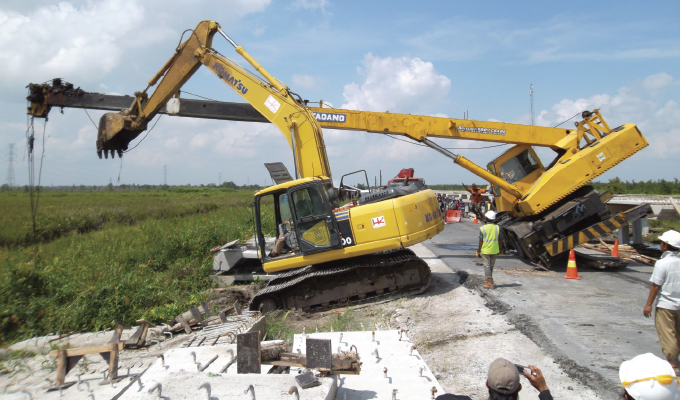Is your boom drifting down when it should stay put? You’re not alone—and ignoring this issue could be a serious risk to your operation, your crew, and your bottom line.
Boom drift is one of those maintenance issues that operators tend to accept as “just part of the job.” However, here’s what most fleet managers and operators don’t realize: while some drift is inevitable in hydraulic systems, excessive drift is a clear indicator of underlying problems that will only get worse with time.
The question isn’t whether your boom will drift. It’s whether you’re going to address the root causes before they become catastrophic failures that sideline your equipment and endanger your crew.
Before we dive into solutions, let’s be clear about what we’re really discussing. Boom drift is a symptom of system failures that can escalate rapidly. When a boom drifts unexpectedly, it can:
- Compromise load stability, creating dangerous working conditions;
- Reduce operational precision, leading to project delays and rework;
- Signal impending hydraulic failures that will require costly emergency repairs; and
- Violate manufacturer compliance standards, potentially voiding warranties.
The industry has become too comfortable with the phrase “hydraulics drift.” Yes, some drift is acceptable due to lubrication needs in hydraulic cylinders. However, when your boom drops six inches in two days, that’s not normal system behavior. That’s a warning sign.
THREE CULPRITS BEHIND EXCESSIVE BOOM DRIFT
Through extensive field diagnostics and analysis of hydraulic system failures, three primary causes emerge consistently.
1. Cylinder Packing Issues
Internal cylinder leaks are the most common cause of boom drift. Over time, seals and packings wear down, allowing hydraulic fluid to bypass the piston. This creates a gradual loss of pressure that manifests as drift.
The diagnostic test – with the boom fully retracted and raised to its maximum height, start the unit and allow hydraulics to go over relief. Check the bleeder screws at the top of each lift cylinder. If oil flows from the bleeder, your cylinder packing has failed.
2. Holding Valve Failures
Holding valves are designed to maintain pressure in the hydraulic system when the boom is positioned. When these valves fail internally, they allow fluid to flow back to the tank, causing the boom to drift down.
The diagnostic test – position the boom approximately four feet off the ground, shut off the unit, and disconnect the main oil supply line from the holding valve. If oil flows from the valve fitting, the holding valve needs replacement.
3. System Pressure Irregularities
Proper system pressure is critical for maintaining boom position. When pressure settings deviate from manufacturer specifications, even healthy cylinders and valves may not hold position effectively.
THE DIAGNOSTIC PROTOCOL THAT ACTUALLY WORKS
Too many operations rely on guesswork when diagnosing boom drift. Here’s the systematic approach that eliminates uncertainty.
Phase 1: Cylinder Packing Assessment
- Park on level ground with boom fully retracted;
- Raise boom to maximum stroke;
- Test each cylinder individually using the bleeder screw method; and
- Document results for each cylinder.
Phase 2: Holding Valve Evaluation
- Position boom at operational height (approximately four feet);
- Systematically test each holding valve using the disconnection method; and
- Identify specific valves requiring replacement.
Phase 3: System Pressure Verification
- Verify all pressure settings match manufacturer specifications;
- Check for pressure irregularities across the system; and
- Adjust settings to ensure compliance standards.
MANUFACTURER COMPLIANCE AND SAFETY
Maintaining manufacturer compliance isn’t just about warranty protection, it’s about ensuring your equipment operates within safe parameters. Here are the non-negotiable practices:
REGULAR INSPECTION SCHEDULES
Implement weekly visual inspections for signs of hydraulic leaks, monthly pressure checks, and quarterly comprehensive system diagnostics. This proactive approach catches issues before they become safety hazards. Also, always ensure your fluid is clean. Dirty fluid is one of the most notorious culprits for system breakdowns.
PROPER PRESSURE SETTINGS
Never operate outside manufacturer-specified pressure ranges. These specifications exist for reasons beyond performance, they’re safety parameters designed to prevent catastrophic failures.
DOCUMENTATION AND TRACKING
Maintain detailed records of all drift measurements, repair activities, and component replacements. This data becomes invaluable for predicting future maintenance needs and identifying patterns.
TRAINING AND PROTOCOLS
Ensure all operators understand acceptable drift limits and know when to report concerning changes. A boom that drifts six inches overnight should trigger immediate diagnostic procedures, not acceptance.
ACCEPTABLE DRIFT AND PRECISION CONTROL
Understanding acceptable drift limits requires nuanced thinking. Some drift is inherent to hydraulic systems—it’s necessary for proper lubrication and seal longevity. However, the key is distinguishing between normal system behavior and problematic drift.
- Acceptable parameters typically include:
- Minimal drift over extended periods (days, not hours);
- Consistent drift rates that don’t accelerate; and
- Drift that stops when the boom reaches a stable position.
- Problematic drift indicators include:
- Rapid position loss (inches per hour rather than per day);
- Accelerating drift rates over time; and
- Drift that continues regardless of boom position.
Boom drift is a perfect example of how the industry has normalized problems that should be actively managed. Every day you operate with excessive boom drift is a day you’re accepting unnecessary risk and inefficiency.
The solution isn’t complex, but it requires commitment to systematic diagnostics, proper maintenance protocols, and adherence to manufacturer specifications. The tools and knowledge exist—what’s often missing is the recognition that boom drift deserves the same attention as any other safety-critical system failure.
Don’t wait for your next boom drift incident to become a safety event or catastrophic failure. Implement proper diagnostic procedures, establish clear acceptance criteria, and maintain your hydraulic systems to manufacturer standards. Your crew’s safety and profitability depend on it.
about the author
Bill Moody is the senior technical support specialist for Bailey International. Bailey International’s hydraulic systems experts can help you implement comprehensive diagnostic protocols and maintenance strategies that ensure safe, compliant operation.




